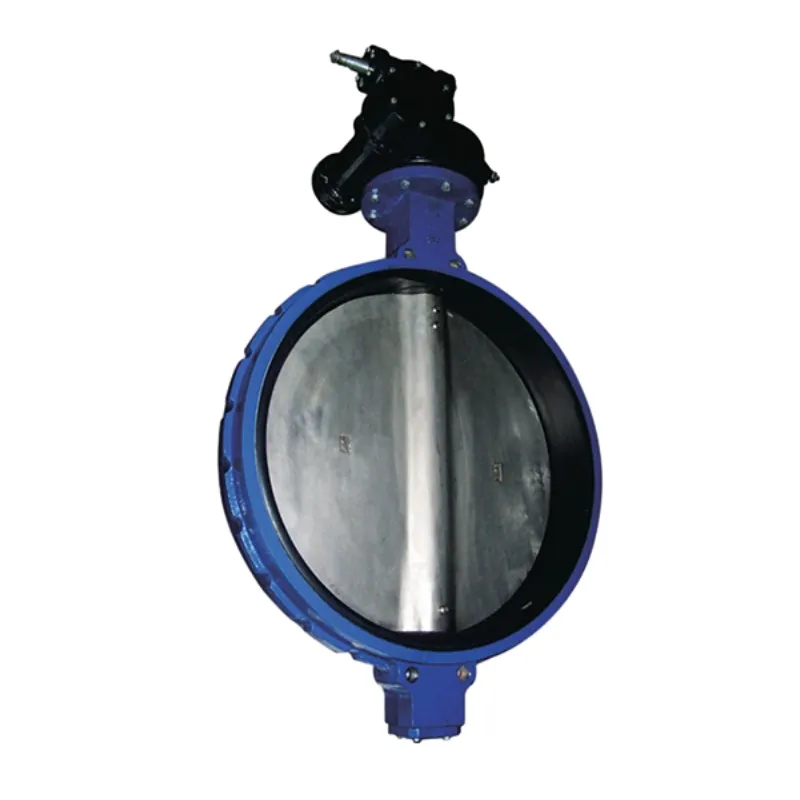Nov . 03, 2024 15:52 Back to list
double plate check valve
Understanding Double Plate Check Valves
A double plate check valve is an essential component in various fluid control systems, primarily designed to prevent backflow, ensuring a system's efficiency and safety. As the name suggests, these check valves employ two plates that operate in a hinged manner to allow fluid to flow in one direction while blocking it from the opposite direction.
Operating Principle
The basic operation of a double plate check valve is relatively straightforward. When fluid flows in the intended direction, the pressure forces the plates away from their seats, allowing unrestricted flow. However, if the fluid begins to backflow, the pressure drops, and the plates automatically close against their seats, creating a seal that prevents reverse flow. This mechanism effectively safeguards pipelines and equipment from potential damage caused by backflow, such as water hammer or contamination.
Design Advantages
One of the significant advantages of double plate check valves is their compact design. Unlike traditional swing check valves, which require more space due to the swinging arc of the valve disc, double plate valves have a slimmer profile. This design enables them to be installed in tighter spaces and minimizes the overall weight of the assembly, making them ideal for applications where space is at a premium.
double plate check valve

Moreover, the double plate system provides enhanced sealing capability. The two plates work in tandem, ensuring a tight closure that significantly reduces the chances of leakage. This quality is particularly beneficial in applications where maintaining system integrity is crucial, such as in water treatment plants, power generation, HVAC systems, and various industrial processes.
Material and Maintenance
Double plate check valves can be made from a variety of materials, including stainless steel, cast iron, and plastic, catering to different fluid types and environmental conditions. Selecting the right material ensures longevity and resistance to corrosion, which is vital for maintaining the valve’s functionality over time.
Regular maintenance is essential for ensuring optimal performance. While double plate check valves are generally low-maintenance due to their robust design, periodic inspections and cleaning can help identify wear or potential failures before they escalate into significant issues.
Conclusion
In summary, double plate check valves play a critical role in fluid management systems by preventing backflow and enhancing overall system reliability. Their compact design, superior sealing capabilities, and suitability for a range of materials make them a popular choice in various industries. Understanding the principles behind their operation and maintenance can ensure that these essential components perform effectively, contributing to the overall efficiency and safety of fluid transfer systems.
Share
-
Reliable Wafer Type Butterfly Valves for Every IndustryNewsJul.25,2025
-
Reliable Flow Control Begins with the Right Ball Check ValveNewsJul.25,2025
-
Precision Flow Control Starts with Quality ValvesNewsJul.25,2025
-
Industrial Flow Control ReliabilityNewsJul.25,2025
-
Engineered for Efficiency Gate Valves That Power Industrial PerformanceNewsJul.25,2025
-
Empowering Infrastructure Through Quality ManufacturingNewsJul.25,2025